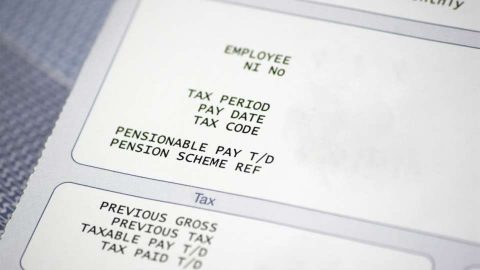CFOs who neglect IT innovation risk being left behind
Now, as many people are forced to work remotely, cloud-based solutions are important to ensuring business continuity not only for reporting, but so employees can continue with their day to day with minimal disruption while still providing high-calibre work.
Removing manual inefficiencies
Inefficiency within business continues to prevail, with 75% of businesses using more than six reporting systems, and only automating 34% of financial tasks. That means financial reporting teams are wasting time on things like manually checking and manipulating data, and not spending enough time on thoughtful analysis, which ultimately increases the risk of missed deadlines, mistakes, and in the worst cases, potential fines or reputational damage.
This process could be automated to take seconds, rather than hours. In fact, up to 70% of companies’ manual processes can be automated to improve efficiencies. And through automated processes, finance teams are able to gain some time back to focus on more complicated tasks while helping to refine reporting processes and increase transparency through the connection of data.
Some benefits of connected data reporting include: increased collaboration, continued corporate accountability, and the minimisation of errors – all of which are more difficult to manage and more important to maintain when teams are working remotely.
As companies realise the problems caused by manual processes and the benefits brought on by automation and connected reporting, CFOs are being challenged to bring onboard tech-based solutions to streamline operations and remove risk. And those who are able to think more like their CIO counterparts will not only protect themselves from reputational damage, but shield their companies as well by eliminating errors and streamlining workflows.
To save time, resources, and money, forward-thinking finance departments are making the move to lateral collaboration. When a CFO can start to think – and act – like a CIO, everyone wins.
Lateral collaboration across the C-Suite
Today’s CFO is between a rock and a hard place: stuck between what they know and trust, and the inevitable automation of the future. As CFOs and their finance teams are challenged to keep pace with increasing demand from their businesses, CIOs can step in to lend a helping hand and guide CFOs as needed. Particularly where other teams in the businesses are future-proofing their systems, working in tandem with the CIO can streamline processes and ensure that systems are being used to their maximum capability, avoiding unnecessary duplication across departments.
Through collaboration, CFOs and CIOs (and the rest of the C-Suite for that matter) can find the best solutions for their company, whether addressing internal or external stakeholders. And through automation technologies like Robotic Process Automation (RPA), machine learning, and artificial intelligence, CFOs can ensure their teams are able to properly collect, manage, and report financial information.
The addition of “techy” to the CFO’s job description is no longer a “nice to have” but is now essential. As cloud-computing continues to provide the bulk of number crunching and processing, it too holds the potential to empower finance teams to spend more time analysing data-led insights and the implications on wider strategic business opportunities. Having leadership that understands how these technologies work, and the value they hold is critical to a business’ success.
Beyond their department, what’s clear is that, regardless of industry, C-Suite executives have their own share of challenges to contend with. A changing workforce, digital economy, business models, and the explosion of access to data – all while cutting costs and being more heavily scrutinised by regulators than ever before – means modernisation and digital innovation are more important now than ever before.
That’s where CIOs come in. They can step in to lead and train the C-Suite, and, in particular, CFOs to be more than financial leaders.
It’s no longer enough to work within siloes, but rather now the expectation is that CFOs must also be technological leaders, pushing for solutions that enable accuracy, efficiency, and transparency. And through integrating automated solutions like connected reporting, CFOs are not only streamlining workflows, but also encouraging the rest of the organisation to integrate forward-thinking technology to outpace competitors and improve ROI.













